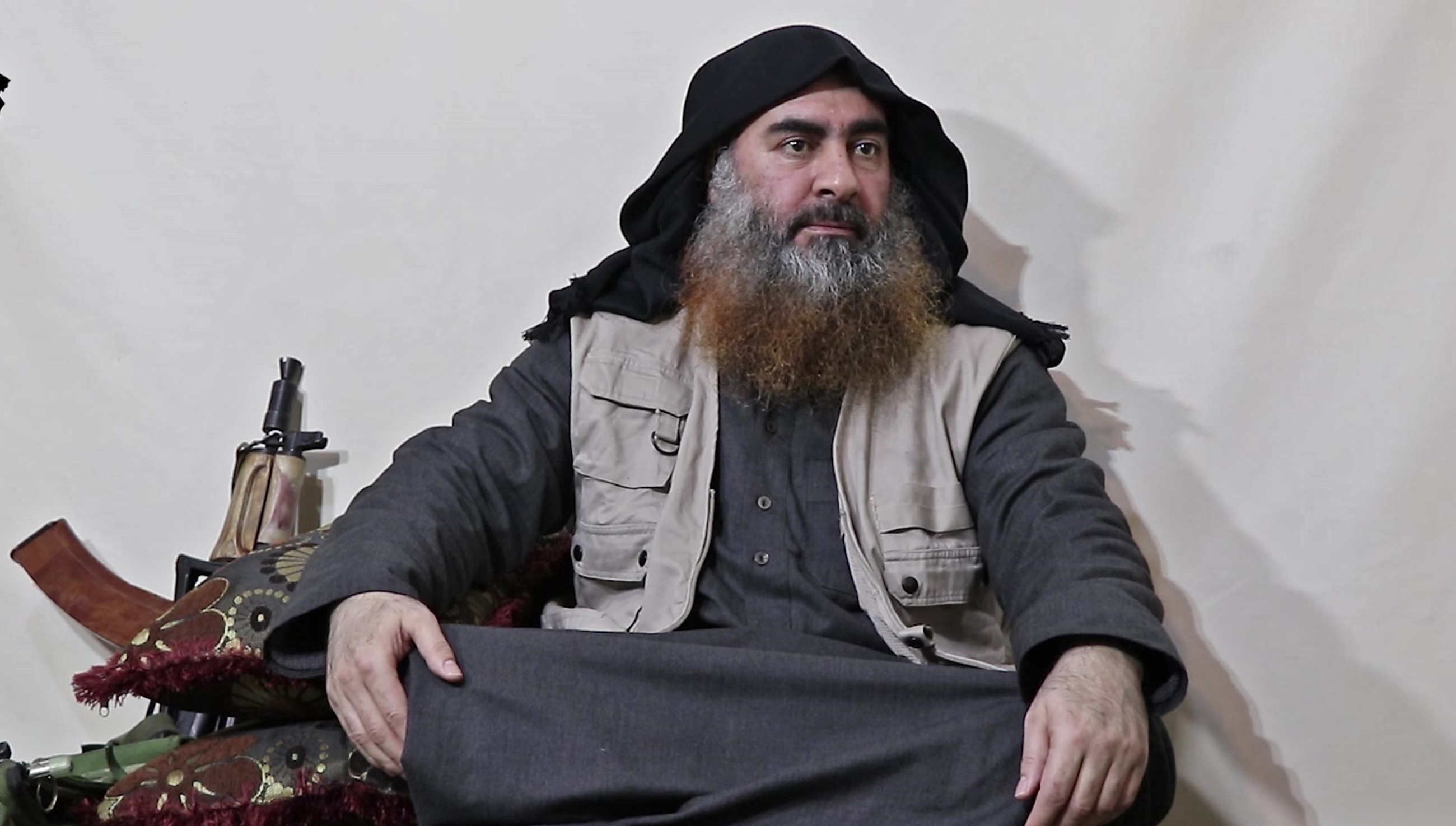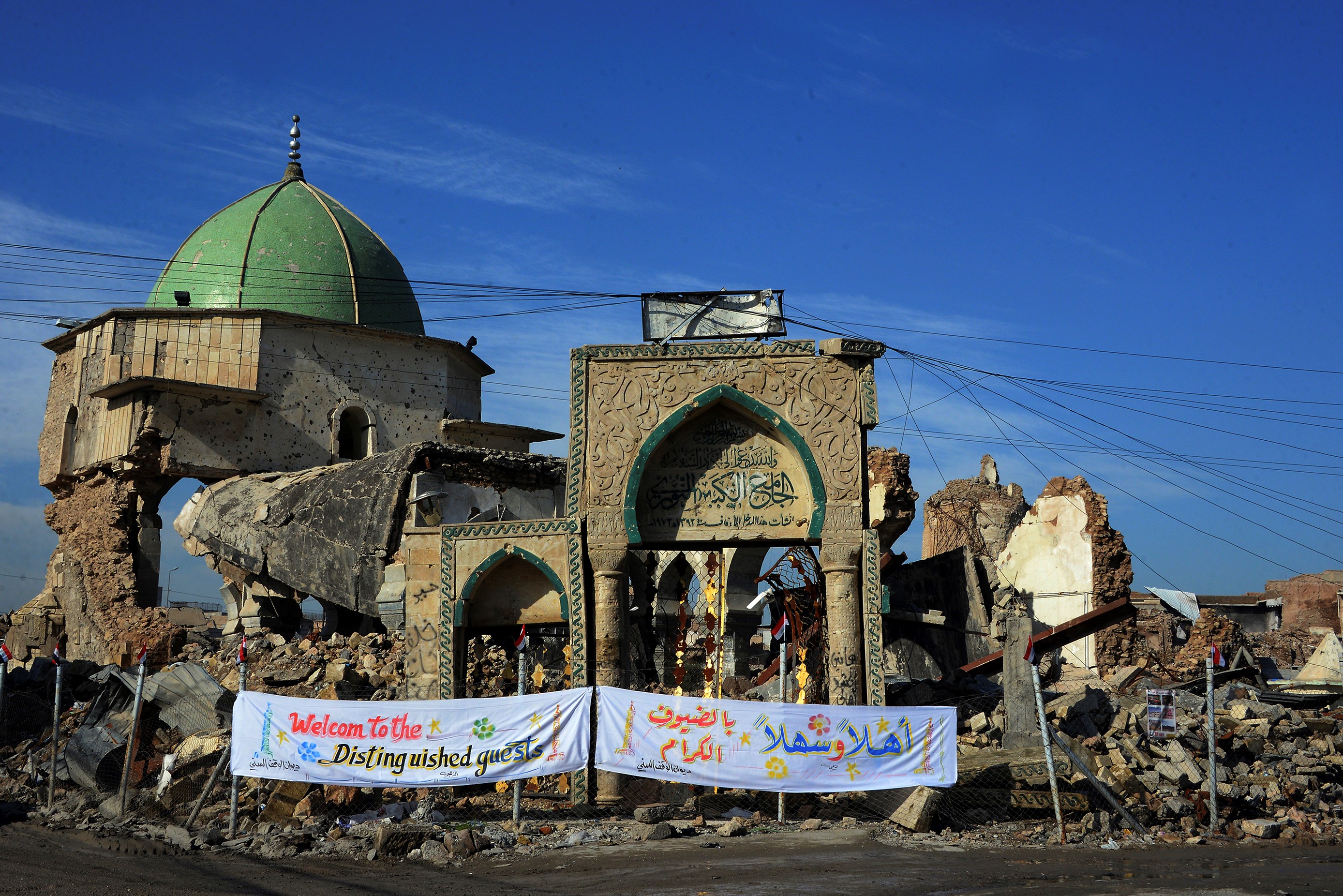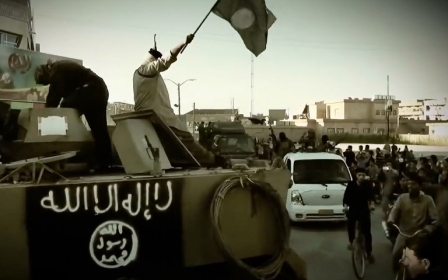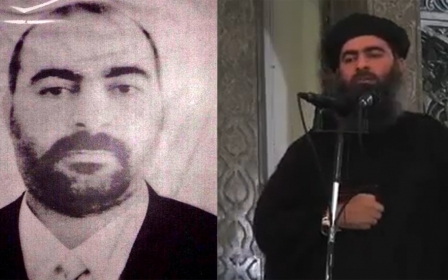Baghdadi's latest video is a message to supporters and enemies: We remain

For the first time in five years, the elusive leader and the self-declared caliph of the Islamic State group (IS), Abu Bakr al-Baghdadi, appeared in a recently released video.
Why did he reappear when he has shied away from being filmed for so long?
Why now?
The conjunction of two events could most likely explain the timing of the video. First, he needed to address the loss of the last IS holdout in Baghouz, Syria, in March. At the same time he could claim a "victory" in the string of attacks in Sri Lanka that killed more than 250 people on Easter Sunday and for which IS claimed responsibility.
Can IS be considered defeated if its leader is still alive and can appear in a video to rally his forces?
The video served two simultaneous purposes: to rally the remaining members of IS to a new phase in their struggle now that the territorial caliphate has been lost and, second, to remind his rivals, both al-Qaeda and the US, that he continues to command a group that had been prematurely declared defeated.
Exactly 16 years ago, on 1 May 2003, US president George W Bush appeared on an aircraft carrier to deliver a victory speech two months after the US invasion of Iraq, with the words "Mission Accomplished" on a banner above him.
That declaration was premature, as an insurgency would eventually ensue in Iraq that summer and would create conditions for the emergence of IS.
In a less dramatic fashion, US President Donald Trump tweeted on 19 December: "We have defeated ISIS in Syria, my only reason for being there during the Trump Presidency."
That triumphant declaration, like his predecessor's, may equally be premature. Can IS be considered defeated if its leader is still alive and can appear in a video to rally his forces?
A media spectacle
Like any political figure, al-Baghdadi produced a choreographed media spectacle. Five years ago, al-Baghdadi rose to the pulpit of the now destroyed al-Nuri mosque in Mosul, dressed in a flowing black robe, to triumphantly declare the birth of a new caliphate.
In the latest video, al-Baghdadi sits in an unknown location, more overweight, his beard dyed with orange henna, and grudgingly admits the loss of that caliphate.
The fact that IS issued this video directly indicates it seeks to target multiple audiences simultaneously
The imagery, with the Kalashnikov rifle next to him, is reminiscent of the Osama bin Laden videos after the 9/11 terrorist attacks and the US invasion of Afghanistan.
Both video strategies were designed after each group respectively lost a territorial base to rally the remaining and dispersed forces.
Although IS claimed responsibility for the Sri Lanka attacks, many observers believe the attacks were not carried out by IS's central command. Sri Lankan authorities blamed an obscure group, a breakaway faction of the National Thowheed Jamath (NTJ), which had declared its allegiance to Baghdadi.
The fact that Baghdadi sought to latch onto their attack demonstrated his desperate need to rally the remaining fighters and sympathisers after losing Baghouz in Syria.
IS has not scored a victory of its own since its loss of its final holdout in eastern Syria.
The intended audiences
During the 18-minute video, Baghdadi also refers to the people's protests in Algeria and Sudan, indicating that the video was made in April. While its authenticity has not been confirmed by any government agencies, it was released on Monday by the IS operated Al-Furqan media network.
The fact that IS issued this video directly indicates it seeks to target multiple audiences simultaneously.
First is his followers. IS from 2014 onwards was a bureaucratic territorial state, with courts, an educational system and revenue service, and military apparatus that maintained a monopoly on the use of organised violence in the areas it controlled.
Its operations were rationalised by these structures so that the visible presence of Baghdadi was not needed to keep them functioning.
Now that this state has been lost, the emergence of Baghdadi in the video seeks to use the charisma of his position, as he is still considered a caliph, to inspire the remaining unmoored followers and encourage a new momentum for a non-territorial terrorist network.
The second audience was IS's former parent organisation and now rival. When Baghdadi declared the birth of an "Islamic State" from the pulpit in the summer of 2014, it was as a rebuke to al-Qaeda's failure and unwillingness to establish a territorial state.
Without a state apparatus to sustain it, IS has returned in form to the decentralised terrorist network that al-Qaeda innovated. The only thing distinguishing it from al-Qaeda is that IS derived its legitimacy from its declaration of a caliphate, a claim and title that bin Laden and Ayman al-Zawahiri found anathema to ascribing to themselves.
Thus, IS had to visibly show its "caliph" in its efforts rebrand itself and maintain its distinctiveness from al-Qaeda.
A message to Washington
The third message is to the US. In 2006, the US was able to gather local intelligence on the ground to kill IS's progenitor, the Jordanian Abu Musab al-Zarqawi, in an air strike.
The same combination of local American and Iraqi cooperation led to a military strike that killed al-Zarqawi's successor, Abu Umar al-Baghdadi, in April 2010.
The fact the US or even Russia has failed to kill Baghdadi, who has ruled his group for close to a decade, demonstrates his relative invincibility to both powers, including an American president who declared IS defeated.
Within 18 minutes, Baghdadi was able to address his core adherents, and his rivals and enemies, whether it be Zawahiri or Trump, demonstrating that he has survived all attempts to eliminate him, which, by his own estimation, is in itself victory.
While Baghdadi in the past had made delusional statements, such as his 2018 recording that IS would eventually conquer Rome, his latest speech admitted the group's setback, but also that "it remains" (al-baqiya), one of the group's favourite refrains during its height in 2014.
It remains to be seen what resonance this speech will have on the estimated 15,000 remaining IS members. The video, nonetheless, cannot undo the facts on the ground. The idea of IS's warped vision of the "caliphate" has suffered a blow, and now it is up to the Iraqi state, American and international donors to take advantage of this window of opportunity.
While 16 years ago, Bush declared "Mission Accomplished," this mission will only be accomplished in Iraq if the current US administration, in coordination with the international community, maintains a sustained aid campaign for Iraq's reconstruction in the former domains of the Islamic State that will make Baghdadi's words fall on deaf ears.
The views expressed in this article belong to the author and do not necessarily reflect the editorial policy of Middle East Eye.
Middle East Eye propose une couverture et une analyse indépendantes et incomparables du Moyen-Orient, de l’Afrique du Nord et d’autres régions du monde. Pour en savoir plus sur la reprise de ce contenu et les frais qui s’appliquent, veuillez remplir ce formulaire [en anglais]. Pour en savoir plus sur MEE, cliquez ici [en anglais].









